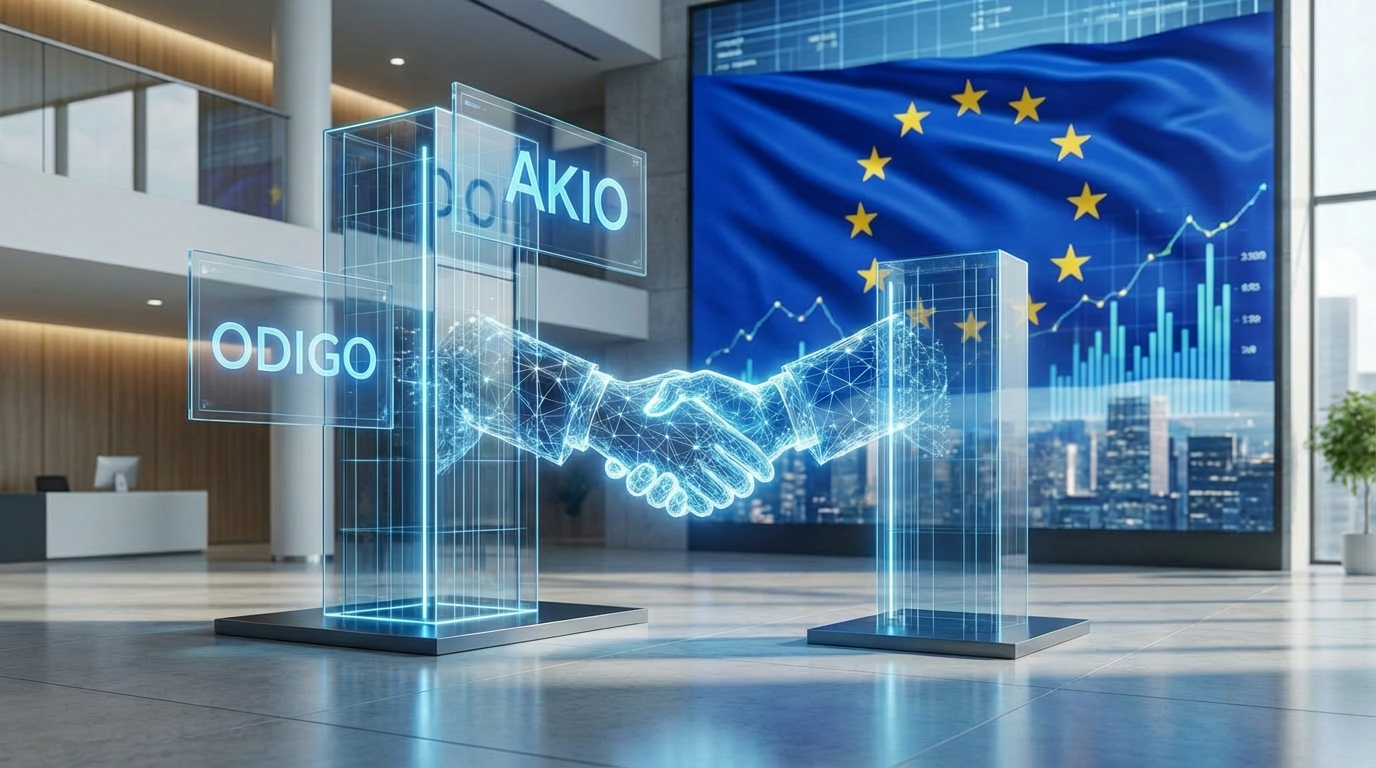Personalization has long been seen as a powerful tool for customer engagement.
However, new research from Gartner suggests that traditional personalization tactics may inadvertently harm customer confidence, leading to increased buyer regret and reduced brand loyalty.
According to a Gartner survey of 1,464 B2B and consumer buyers across North America, the U.K., Australia, and New Zealand, customers exposed to personalization during their purchasing journey were 3.2 times more likely to regret their decisions and 44 percent less likely to return for future purchases.
“More than half of customers feel overwhelmed or rushed by traditional personalization tactics at least once in a purchase journey,” said Audrey Brosnan, Senior Director Analyst at Gartner.
Personalized offers at these moments can harm customers, highlighting the need for marketers to adopt more adaptive strategies that account for emotional and cognitive complexity.
Interestingly, Gartner also found that customers exposed to personalization are also 2.8 times more likely to experience time pressure when making decisions.
The Paradox of Personalization: Why Customers Struggle in the Moments That Matter
One of the most striking insights from Gartner’s research is that personalization has become problematic at critical journey transition points – when customers switch from searching for a product to making a purchase decision.
At these moments, personalized recommendations may feel irrelevant or even intrusive, failing to address the complex cognitive and emotional challenges buyers face.
Gartner’s research underscores the need for course-changing personalization, a strategic shift from passive methods to active engagement.
Active personalization enables customers to reflect, build confidence, and make informed decisions by guiding them through their journey rather than overwhelming them with generic recommendations.
Compared to traditional next-best-action personalization, active engagement improves purchase confidence by 2.3 times and significantly enhances customer satisfaction and ROI.
Brosnan notes that CMOs must move beyond conventional personalization techniques, embracing AI-driven, conversational marketing approaches to keep customers engaged in a way that empowers rather than pressures them.
Strategies for CMOs to Implement Course-Changing Personalization
According to Gartner, CMOs should prioritize three key strategies to optimize marketing personalization:
- Actively Counter Journey Pitfalls: Identify critical decision points where customers struggle and shift personalization efforts toward offering solutions rather than mere recommendations.
- Catalyze Emotional Change: Utilize interactive experiences like quizzes, guided assessments, or gamified engagement to help customers refine their goals and clarify their decisions.
- Embrace Customer Co-Creation: Move from passive inference to active involvement, encouraging customers to provide direct input on their preferences to personalize experiences in real-time.
“[CX leaders] who leverage active personalization strategies at key customer journey points will achieve deeper customer engagement, stronger brand loyalty, and superior commercial outcomes,” Brosnan emphasized.
The Future of Personalization: A Strategic Growth Loop
By allowing customers to co-create their purchasing experience, brands can build trust, enhance satisfaction, and drive repeat purchases.
Course-changing personalization fosters zero-party data collection, enabling brands to tailor experiences in a transparent and meaningful way, transforming personalization from a static feature into a dynamic, self-sustaining engagement flywheel.
As marketing leaders look ahead, active personalization promises to revolutionize how brands interact with customers, ensuring personalization enhances rather than undermines the buying experience.







